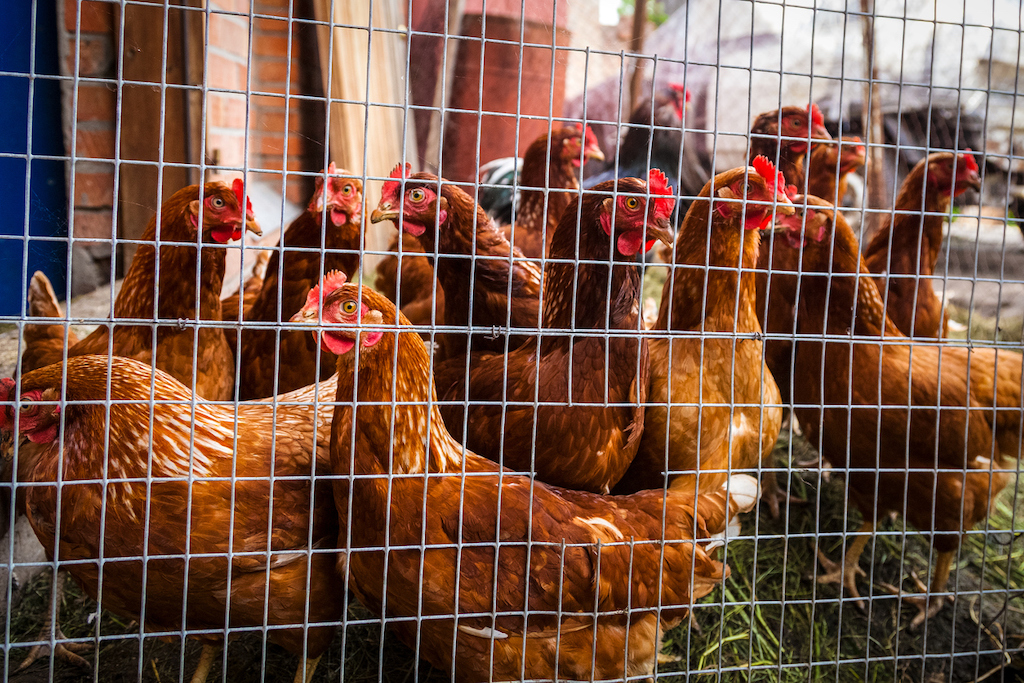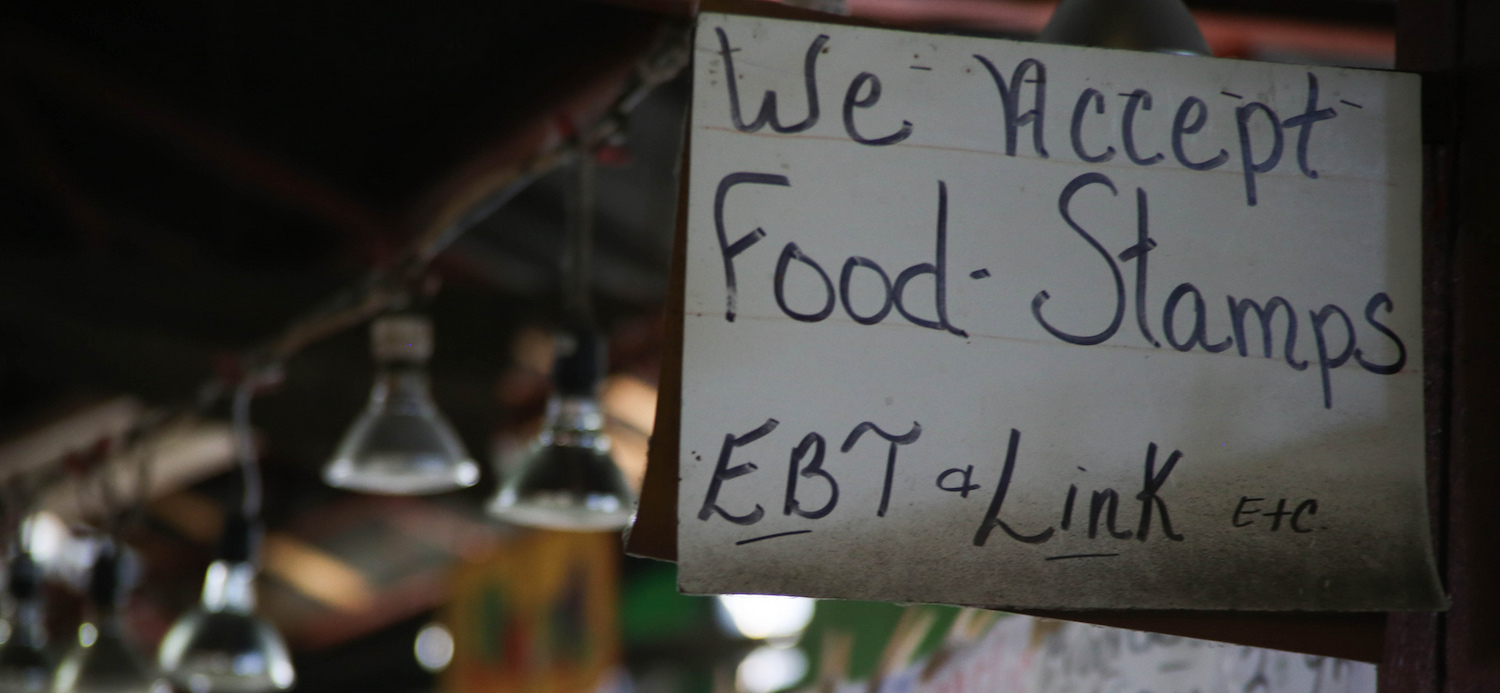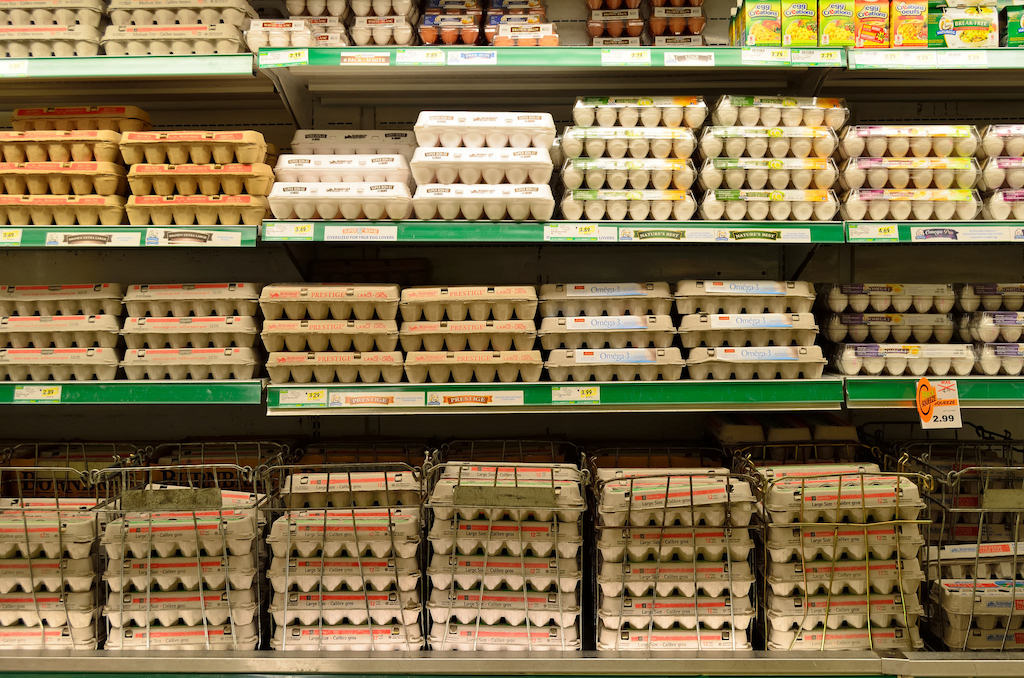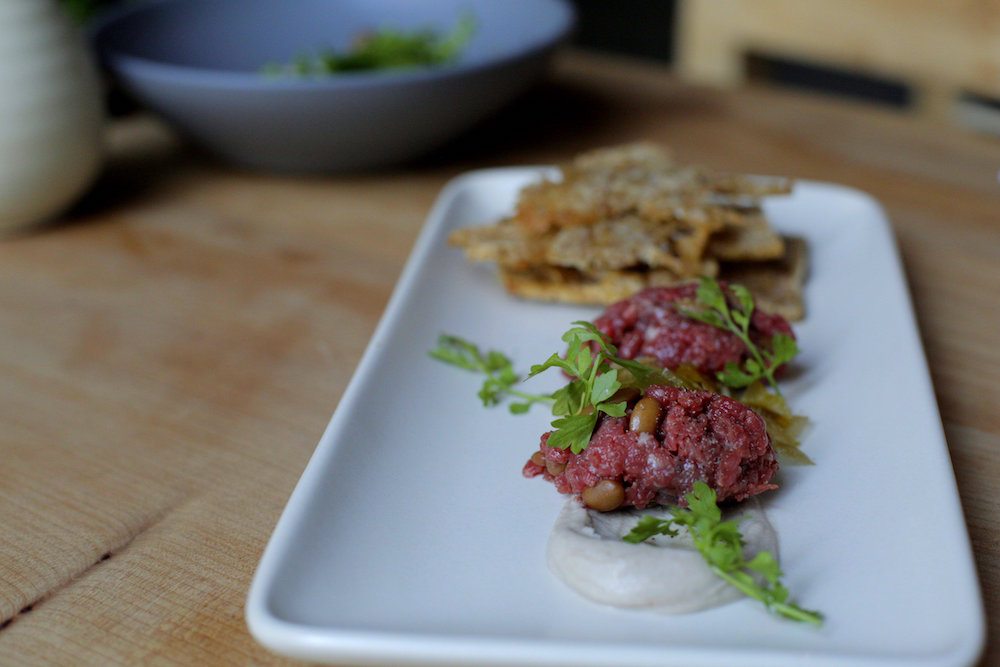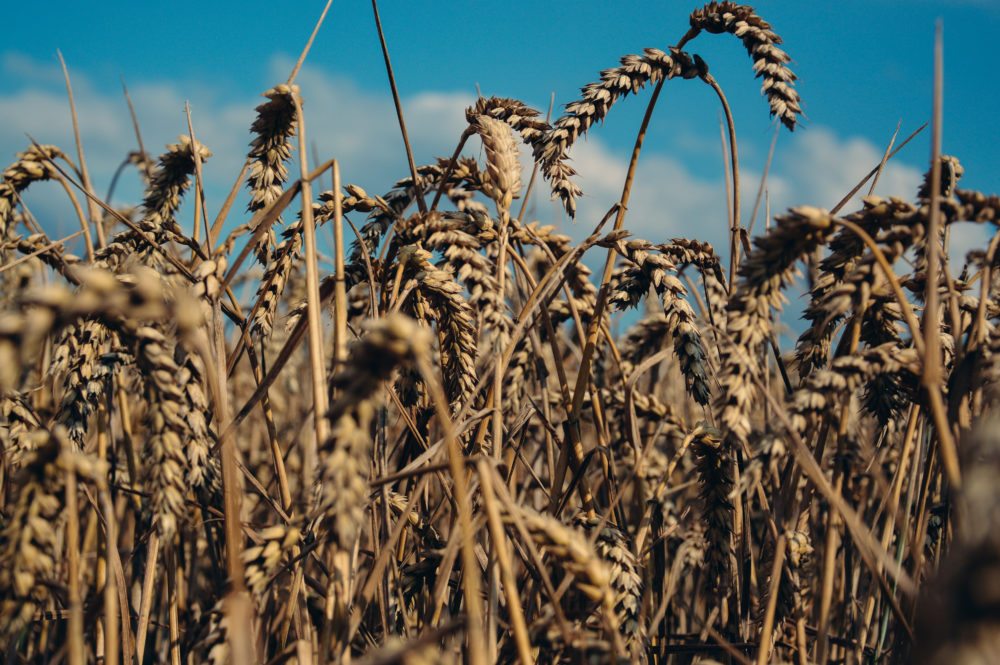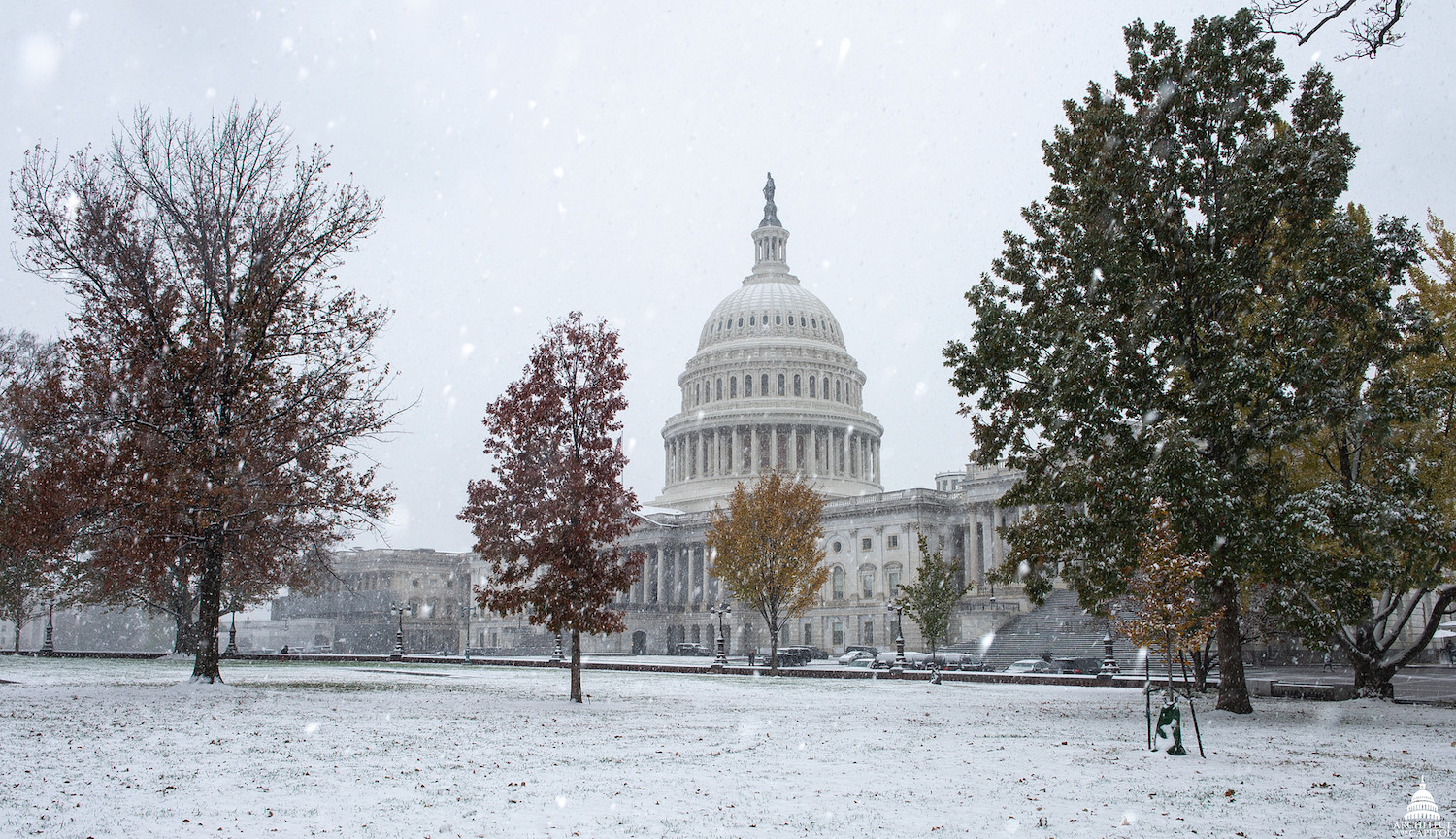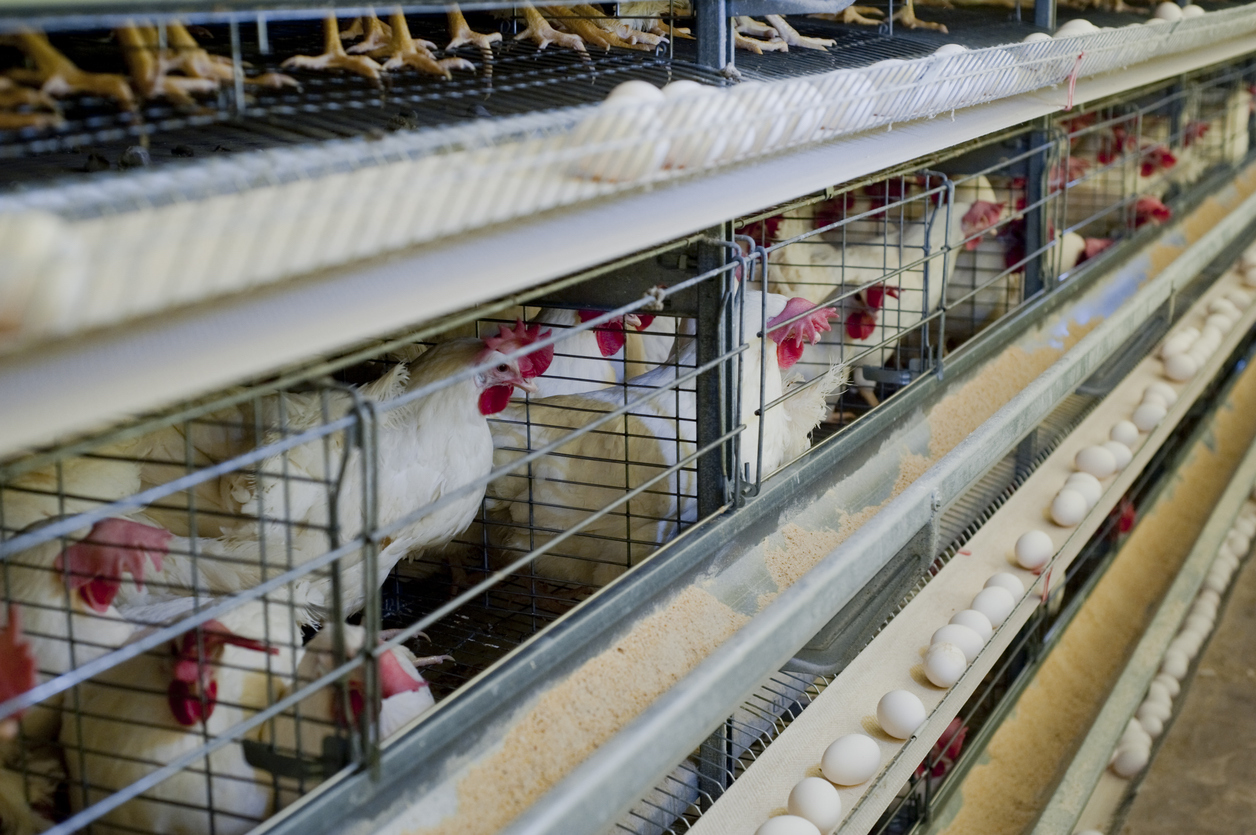
iStock / barbaragibbbons
Ten years ago, California voters passed by a two-thirds majority Proposition 2, a ballot measure that banned farmers from housing their egg-laying hens in battery cages. Battery cages, which are typical of commercial egg production, give hens around one-half square foot of space. The bill also banned veal crates for calves, and gestation crates for breeding pigs. Farmers had until 2015 to comply.
But here’s the thing. The term “cage-free” didn’t appear anywhere in the text of the measure. Nor did the measure mandate any specific confinement sizes. Proposition 2 only required farmers to give egg-laying hens room to turn around freely, lie down, stand up, and fully extend their limbs. In 2015, the Humane Society said the bill’s passage necessitated a de facto shift to cage-free. Commercial egg producers disagreed and challenged the measure in court. Among other things, they insisted larger cages—“enriched colony systems”—were perfectly compliant with the law.
Now, California is giving it another go. Next month, voters will decide whether to pass Proposition 12. The ballot initiative, known as the Farm Animal Confinement Initiative, sets firm, clear parameters on confinement. By 2020, veal calves must have 43 square feet of floor space. By 2022, breeding pigs must have 24 feet. By 2020, egg-laying hens must have a full square foot of space—currently they have 116 inches—before meeting the requirement that they be fully cage-free by 2022. The text of the measure suggests multi-tiered aviaries and slatted hen houses, among other options, where hens could live and roam.
As we reported, the legislature’s response was Assembly Bill 1437—known as the “egg sales law”—which required that all eggs sold in California, including those from other states, meet the floor space requirements. That angered egg producers across the country. As many as 12 states sued California, saying the law violated interstate commerce—and lost. The food industry saw the writing on the wall, and now, over 200 major food companies, including Walmart, Costco, Starbucks, McDonald’s and Nestle, have committed to going completely cage-free in their supply chains.
Less predictably, animal rights groups, such as the Humane Farming Association (HFA), oppose the measure. HFA wanted eggs to be fully cage-free by 2015—not 2022. The measure, it says, just kicks the can down the road, and adds that the Humane Society has a record of ceding ground to egg farmers. The non-specific language in Proposition 2 has allowed some farmers to keep hens in cages, while still obeying the letter of the law. And when it comes to enforcement, says HFA, the measure is weak because it did not authorize a government agency to be in charge, leaving local law enforcement to make sure requirements are met.
“Voters were told, by both sides of the debate, that its [Proposition 2] passage would ban egg-industry cages statewide by 2015,” HFA’s president wrote in an op-ed for The San Jose Mercury News. “Instead, the state’s egg industry merely invested in new cages and modified old ones.”
And then there’s the interstate commerce business. An HFA-linked website called Stop the Rotten Egg Initiative says the state’s attempt to regulate the practices of out-of-state pork and veal producers is doomed to fail, pointing to a farm bill amendment, introduced by Republican Steve King of Iowa, that would end California’s influence on out-of-state egg production.
So what’s gonna happen in November, on Election Day? Josh Balk of the Humane Society said “we expect to win in landslide-fashion.”

